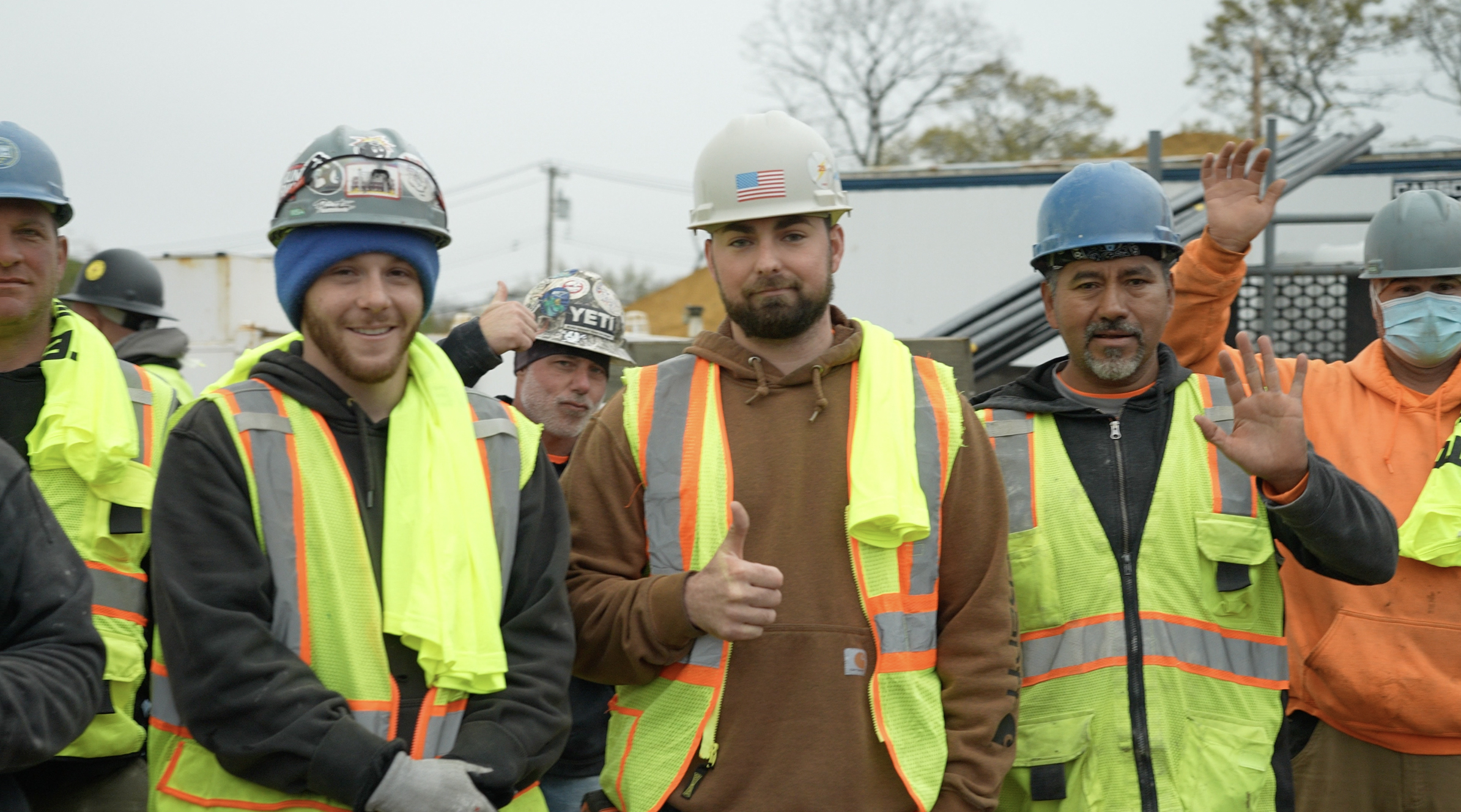Real estate development and construction pose many risks, so mitigating risk is a large part of managing projects. These risks can be defined as any threat to the progress or completion of a project that creates potential loss exposure. Keeping these risks under control can be challenging as projects become increasingly complex, making it more critical than ever for subcontractors to take steps to minimize their risk exposure. By understanding the information below, subcontractors can equip themselves with the necessary tools to reduce risk, work safely, and deliver projects on time and on budget.
- Subcontractor Insurance coverages are an inherently important part of every construction project. Subcontractors must carry appropriate policies to protect against severe financial loss and burdens from work-related accidents.
- A subcontractor’s insurance is only as good as the contract that goes along with it. A subcontractor agreement containing Risk Transfer, Indemnification, Additional Insured Requirements, and Hold Harmless verbiage is essential to reduce or prevent risk exposure.
- What Does It Mean To Have General Liability Coverage? You are protected from Property damage, Medical payments, Personal injury, Advertising injury and Bodily injury.
- Did You Know That Auto Liability Exposures Expands Beyond Driving Related Incidents? Auto coverage also protects against loading and unloading incidents that can occur on construction sites.
- Have You Checked Your Exclusions? Reading your insurance policies before purchase is essential as many Subcontractors are unaware that they may have specific exclusions pertaining to essential functions of the work they perform. Some high-risk exclusions to be mindful of are:
- Residential Limitation/Exclusions – This can make it so that you have no coverage for work on residential properties, including condos, rental apartments, etc.
- Height Limitation/Exclusions- These endorsements can prevent you from working at certain heights that might be essential to your job function.
- Location Limitation/Exclusions – A location limitation or exclusion can dictate where you can work geographically.
- Designated Work Limitation/Exclusions – These vary and can exclude scopes of work that you perform daily, leaving you open to exposure.
- Subcontractor Limitation/Exclusions – These endorsements can void your coverage if you utilize a subcontractor or consultant.
- Do You Have Workers’ Compensation For The State You Are Working In? Checking section 3A. of your policy will tell you if you are covered to do business in the states you are conducting business in.
- Having “Blanket coverage” within your liability policies can provide additional insured, Primary & Non-Contributory and Waiver of Subrogation coverage to all parties required in your Subcontractor Agreements without the need to pay for scheduled endorsements. However, many brokers fail to point out that some of the “Blanket” endorsements are designed only to cover the person you are in direct contract with (The Contract Holder) and not all of the required parties. What does this mean? You might still be required to provide scheduled endorsements even while having “Blanket” coverage within your policy.
- Key Insurance Definitions Every Subcontractor Should Know:
- Additional Insured Coverage: A type of insurance status that provides coverage to other individuals/groups not initially named.
- Additional Insured Coverage for Ongoing Operations: Protects additional insureds for property damage and injury as work is actively underway.
- Additional Insured Coverage for Completed Operations: Extends Additional Insured coverage beyond a contract or projects conclusion.
- Waiver of Subrogation: Stops an insurance carrier from recovering money that is paid on a claim from a negligent 3rd party.
- Primary & Non- Contributory Coverage: This allows a designated party’s coverage to go first and not contribute with the other insurance policies of a specified party.
- Per Project Aggregate: Applies the limits of your policy separately to each project you are working on.
- Auto Liability- Hired/Non-Owned Insurance: Covers liability expenses for accidents involving vehicles your business uses for work, but does not own. This coverage includes vehicles you rent, hire and covers employees’ personal vehicles, which might be used for work.
- Products vs. Completed Operations Explained: Products refers to goods a company manufactures and/or sells, and Completed Operations refers to construction or installation work which you have already completed.
- Why TRITEC Requests Full Insurance Policies From All Of Our Subcontractors When reviewing a standard ACORD 25 Certificate of Insurance, you will notice at the top of the certificate it states: “THIS CERTIFICATE IS ISSUED AS A MATTER OF INFORMATION ONLY AND CONFERS NO RIGHTS UPON THE CERTIFICATE HOLDER. THIS CERTIFICATE DOES NOT AFFIRMATIVELY OR NEGATIVELY AMEND, EXTEND OR ALTER THE COVERAGE AFFORDED BY THE POLICIES BELOW. THIS CERTIFICATE OF INSURANCE DOES NOT CONSTITUTE A CONTRACT BETWEEN THE ISSUING INSURER(S), AUTHORIZED REPRESENTATIVE OR PRODUCER, AND THE CERTIFICATE HOLDER.” Certificates of Insurance (COI) are generally for information purposes only, they do not always accurately reflect the coverages a subcontractor holds, and do not properly outline gaps or deficiencies in the coverage of the sub such as any exclusions a sub might have, or if proper Additional Insured, Waiver of Subrogation and Primary- Noncontributory coverage is held. A COI is almost like a Table of Contents; it provides an overview but does not give you the whole picture. To ensure everyone is protected and in compliance with contractual requirements, TRITEC requires complete copies of all Subcontractor’s insurance policies for review and approval.
You should review the above items with your insurance broker to confirm you have the appropriate coverage.

